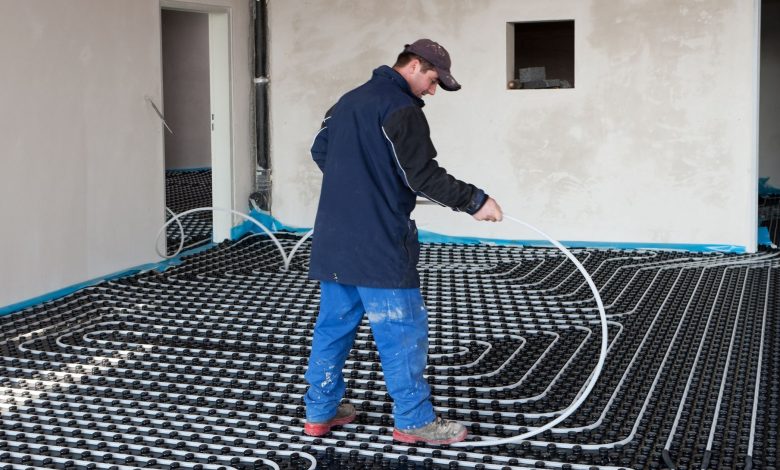Is Underfloor Heating System Right Choice for You? – Let’s find out!

Unlike radiators, which only heat the air, underfloor heating warms the space with a combination of heat and convection, helping you to create a comfortable environment throughout the home and reduce the cold spots. It smartly warms the surroundings and objects in the room, facilitating a more energy-efficient method.
If you’re planning for floor heating as a part of an upcoming home renovation, you may have some queries and concerns about whether the underfloor heating system is suitable for you. In this guide, we will cover everything about UFH, its pros, and applications to find out if it’s worth investing in. So, let’s get started!
Understand Underfloor Heating System
Underfloor heating is comprised of easy installation of the system, either pipes or wires beneath the floor and ultimately, the floor becomes the entire radiator to heat the room. It can warm the room from the ground up and improve the level of comfort of traditional radiators.
This is because UFH has a lower operating temperature of around 40°C than standard radiators, which generally run at 65°C. It works well with pex-al-pex 16mm tubing and renewable technology like heat pumps for an extra layer of protection.
What’s Ideal – Electric or Wet Underfloor Heating?
There are mainly two kinds of UFH i.e.:
- Wet Underfloor Heating – It comes equipped with pipes, boiler, or heat pump, concealed within the floors and embedded within floor screed. This can be suitable for those building a whole-house system.
- Electric Underfloor Heating – It is often economical and easy to install than wet UFH. But the operating costs may be three times higher. It is a viable idea to install electric UFH in a small, single space like a bathroom, where it is hard to install wet UFH.
How does Underfloor Heating System Work?
UFH is quite close to working as a radiator but it heats the room from the ground up, transferring heat across the surface, minimizing the likelihood of cold spots, and thereby, offering optimal comfort. With this system, the ceiling can be at 18°C and you can still enjoy an ideal 20°C at sofa level. According to the Energy Saving Trust, a 1°C reduction in temperature can help reduce the bill by 10%.
Pros of Underfloor Heating
- Eliminates cold spots across large surface areas
- Operate at low temperature than radiators, which means more energy-efficient
- Compatible with almost all kinds of flooring
- Eliminate the need for installing space-stealing radiators.
- Increases the floor area of a home by 15%
- Safe for children and adults alike, great for indoor air quality
- Heats the entire floor, offering a comfortable environment
- Easy to install and operate for a long run
Do UFH Replace Radiators?
Perhaps, yes, but the decision may vary depending on my property, room, heat source, the output you may require. Radiators are economical, well-understood, and a good choice when it comes to size, style, and easy installation. However, they are less efficient and take up the whole floor space. The biggest drawback is that in larger rooms they can result in a temperature difference of up to 4°C across the room.
UFH provides a significant amount of reduction in energy demand in comparison to radiators, which is hard to overlook. It is worth knowing that UFH has a longer lifespan than radiators.
Conclusion:
Underfloor heating is a cost-effective way to create a warm and comfortable environment in your home. The optimal level of comfort, space-saving, and savings on heating bills will work out as a remarkable advantage in the long run.
About the Author:
A reliable supplier for heating and plumbing products, backed by years of experience and a high-quality product range that includes underfloor heating systems, pipes, solar panels, pumps and valves, radiators, bathroom mirrors, tools, and accessories.
Also read: Five Key Tips To Write Impressive Essays Without Going Insane





